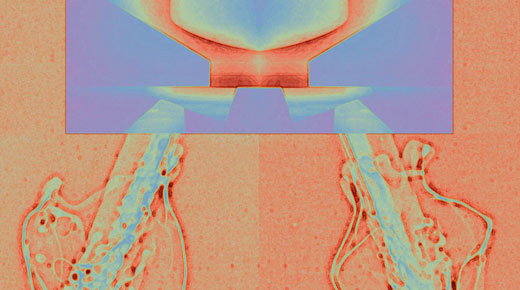Poor manufacturing cleanliness can affect the performance of fuel injectors
Credit: Argonne National Laboratory
The cleanliness of components and parts is at the center of most industrial manufacturing processes, as these components must be free of contaminants to ensure a high-quality finished product. Technical cleanliness inspection involves quality control, process management, and manufacturing departments taking samples from the production line and utilizing particle extraction through filter membranes to quantify contaminants that may affect the performance, lifetime, and reliability of final products.
|
ADVERTISEMENT |
What are the basics of technical cleanliness?
The growing complexity of today’s technical products, especially within the aerospace, automotive, heavy equipment, and electrical engineering industries, has resulted in an increasingly high demand for product reliability and quality assurance. The durability and life cycle of a finished product depends on a number of characteristics, all of which contribute to its measurable technical cleanliness:
• Quality and characteristics of the product material
• Fitting tolerances
• Overall cleanliness of a surface or particle load
…

Add new comment